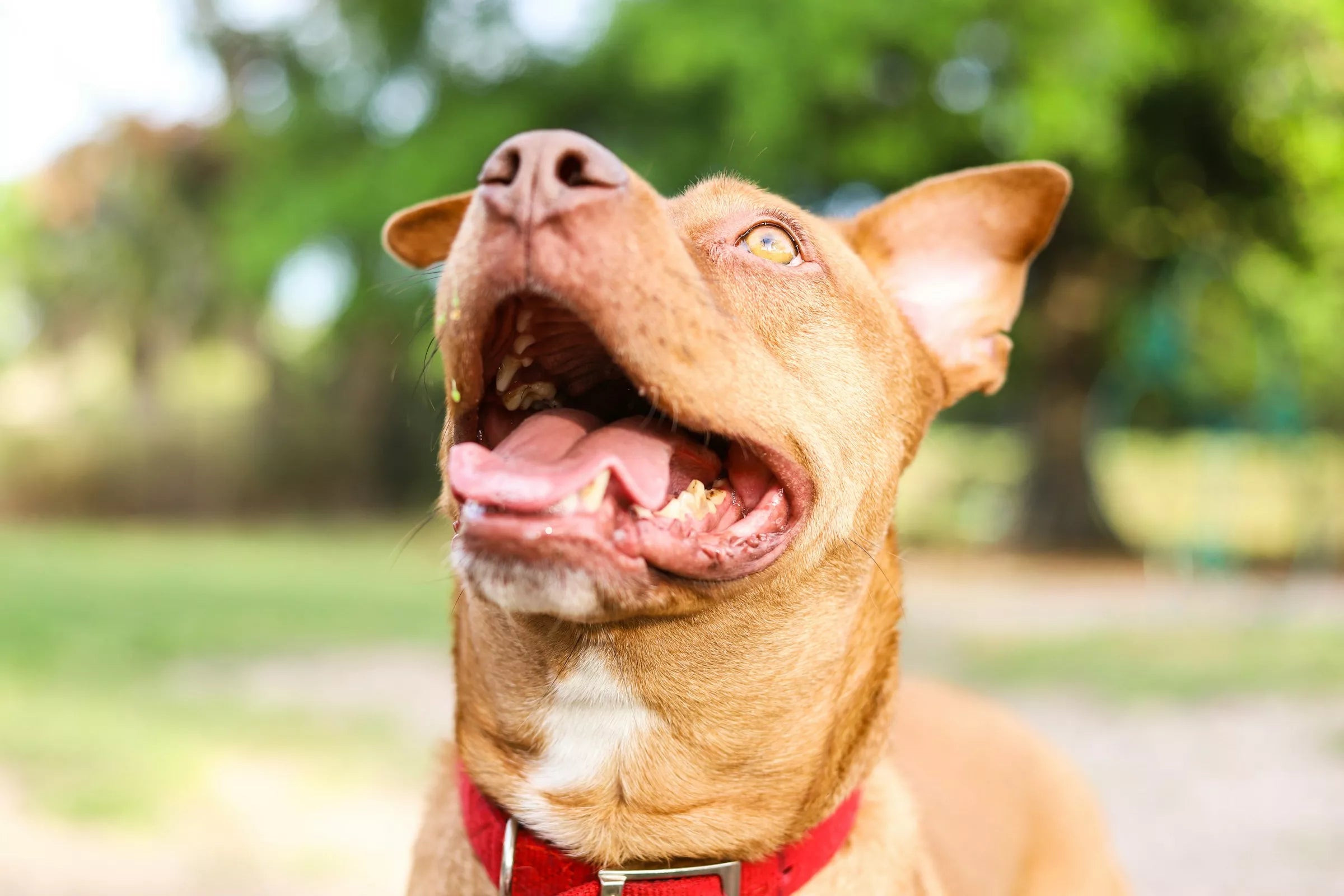Introduction
As a dog parent, you know how crucial exercise is for your furry friend. Dogs thrive on physical activity, and it helps keep them healthy, happy, and well-behaved. But when it comes to choosing where to let your dog run, concrete surfaces often come up. Are they safe? Let's dive into this topic and explore whether dogs should run on concrete.
Understanding Concrete Surfaces
Concrete is a ubiquitous part of our urban landscapes. It's made from a mixture of cement, water, sand, and gravel. You find it in sidewalks, driveways, and many other places. But is it the best surface for your dog's paws and joints?

Advantages of Running on Concrete
One of the main advantages of concrete is its stability. It provides a firm, non-slippery surface that can be beneficial for traction, especially for energetic dogs that love to dash around. Plus, for urban dog parents, concrete is incredibly convenient. You don't always have the luxury of grass or dirt trails nearby.
Potential Risks of Running on Concrete
However, running on concrete isn't without its downsides. The most significant concern is the impact on your dog's joints. Concrete is hard and unyielding, which can lead to joint stress and potential long-term damage, especially in dogs predisposed to joint issues.
Effects on Dog's Paws
Concrete can be tough on your dog's paws. Abrasions and cuts are common, particularly if your dog is running or playing vigorously. Moreover, in the summer, concrete absorbs heat and can become scorching hot, leading to burns and discomfort.
Joint Health Concerns
Long-term running on hard surfaces like concrete can exacerbate joint issues, particularly in breeds prone to conditions like hip dysplasia. Dogs with existing joint problems may find their symptoms worsened by frequent concrete running.

Age and Breed Considerations
Puppies and senior dogs are especially vulnerable. Young pups have developing bones and joints, while older dogs may already suffer from arthritis or other joint conditions. Breeds like German Shepherds, Golden Retrievers, and Bulldogs, which are predisposed to joint issues, should be extra cautious.
Signs of Discomfort or Injury
How do you know if your dog is uncomfortable or injured from running on concrete? Look for limping, favoring one leg, or visible paw damage like cuts or abrasions. If your dog is reluctant to walk or run, it might be in pain.
Preventative Measures
To prevent injuries, consider using paw protection like dog boots or paw wax. These can provide a barrier against the rough surface and reduce the risk of cuts and abrasions. Also, gradually build up your dog's activity level to strengthen their joints and muscles.
Alternatives to Concrete
If possible, seek out grass or dirt trails for your dog's runs. These surfaces are much gentler on their paws and joints. Some parks also have rubberized tracks, which offer a cushioned surface that's easier on your dog's body.
Safe Running Practices
When running on concrete is unavoidable, practice safe running habits. Start with short sessions and gradually increase the duration. Ensure your dog takes regular breaks to prevent overexertion and reduce the risk of injury.
Footwear for Dogs
Dog boots are a great option for protecting your dog's paws. They come in various styles and sizes, so make sure to choose the right fit for your dog. Look for boots that are durable, comfortable, and easy to put on.
Paw Care Tips
Regularly inspect your dog's paws for any signs of damage. Clean and moisturize their paws to keep them healthy and treat minor injuries promptly. Products like paw balms can help keep their pads soft and prevent cracking.
Vet Recommendations
Always consult your vet if you have concerns about your dog's running surfaces. They can provide personalized advice based on your dog's health, age, and breed. A vet can also suggest specific exercises that are safer for your dog.
Conclusion
In conclusion, while concrete is a convenient and stable surface for running, it's not without its risks. Be mindful of your dog's joint health and paw condition, and consider alternative surfaces whenever possible. By taking preventative measures and monitoring your dog closely, you can keep your furry friend safe and happy during their exercise routines.
FAQs
Is it safe for my dog to run on concrete?
Concrete can be safe for short periods, but prolonged running on concrete can cause joint stress and paw injuries. Always monitor your dog for signs of discomfort.
How can I protect my dog's paws from concrete?
Use dog boots or paw wax to protect your dog's paws from abrasions and burns. Regularly inspect and moisturize their paws.
What are the signs that my dog is hurt from running on concrete?
Signs include limping, favoring a leg, reluctance to walk or run, and visible paw damage like cuts or abrasions.
Are certain breeds more susceptible to concrete-related injuries?
Yes, breeds prone to joint issues, like German Shepherds, Golden Retrievers, and Bulldogs, are more susceptible to injuries from running on hard surfaces like concrete.
What should I do if my dog injures its paws on concrete?
Clean the affected area, apply a paw balm or antiseptic, and consult your vet for further advice and treatment if necessary.















Share:
Top 5 Smartest Dog Breeds
Can Dogs Without Shots Go Outside?